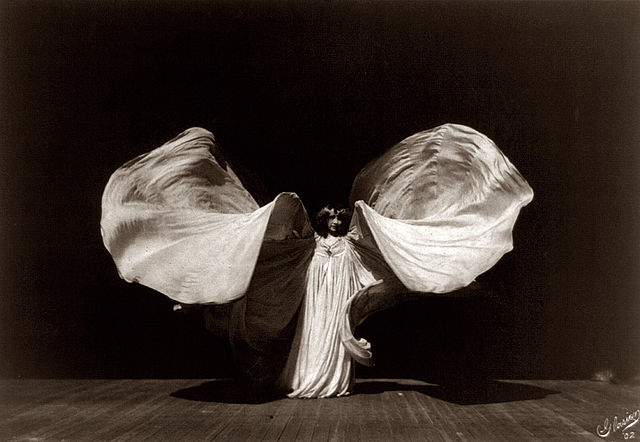Dore Hoyer was a German expressionist dancer and choreographer. She is credited as "one of the most important solo dancers of the Ausdruckstanz tradition." Inspired by Mary Wigman, she developed her own solo programmes and toured widely before and after the Second World War. Wigman called Hoyer "Europe's last great modern dancer."
Dore Hoyer
Sculpture in tribute to Dore Hoyer, by Gerlinde Beck
Expressive dance from German Ausdruckstanz, is a form of artistic dance in which the individual and artistic presentation of feelings is an essential part. It emerged as a counter-movement to classical ballet at the beginning of the 20th century in Europe. Traditional ballet was perceived as austere, mechanical and tightly held in fixed and conventional forms. Other designations are modern dance and free dance, expressionist dance or new artistic dance, in Anglo-American countries German dance. In 2014, modern dance with the stylistic forms and mediation forms of rhythmic and expressive dance movements was included in the German List of intangible Cultural Heritage as defined by the UNESCO Convention for the Safeguarding of Intangible Cultural Heritage. German Expressionist dance is related to Tanztheater.
Mary Wigman (centre), a pioneer of expressionist dance, with students at her Berlin dance studio, 1959.
Loie Fuller 1902.
Ruth St. Denis, the ancient Egyptian, 1910.
Isadora Duncan at the sea front 1915.






